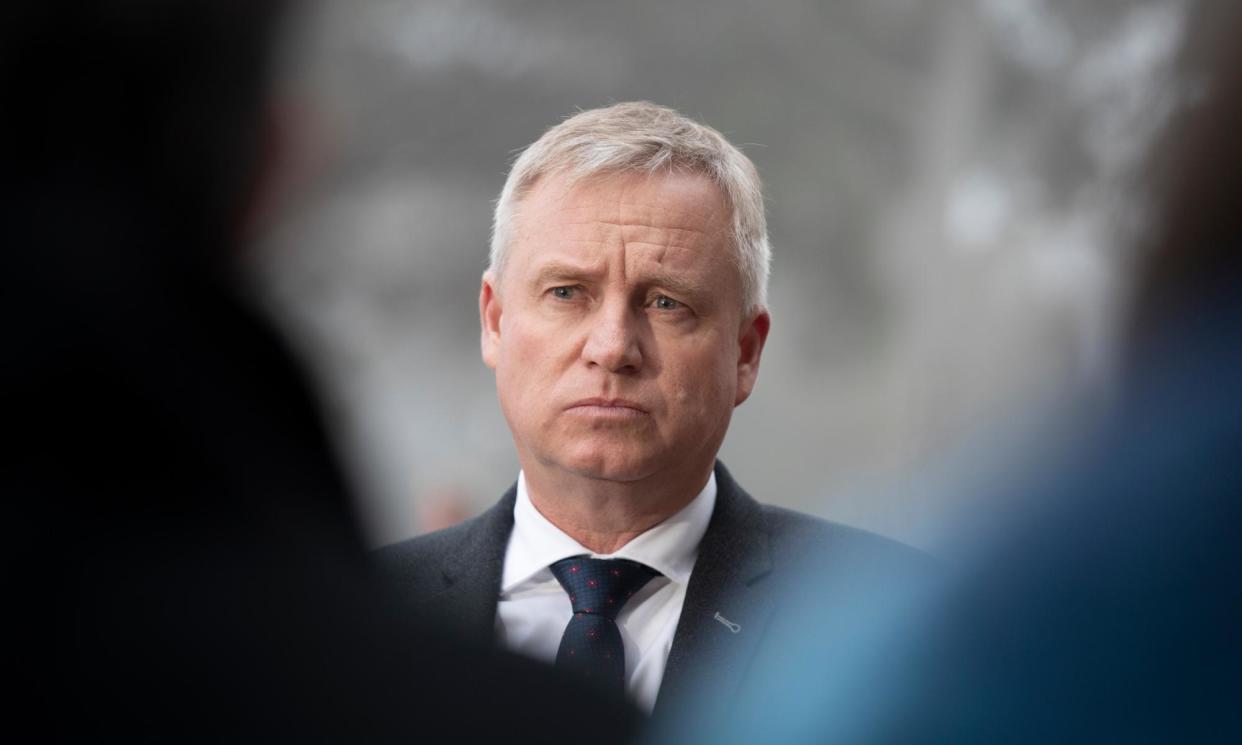Tasmania’s unique electoral system means all bets are off on the Liberals’ future

For the second term in a row, Tasmania will head to the polls about a year before an election is due after Australia’s last remaining Liberal premier, Jeremy Rockliff, called an early election for 23 March.
A unique electoral system
Tasmania uses the Hare-Clark system of proportional representation. Each of the state’s five divisions will elect seven members in a system in which candidates compete against candidates from both other parties and their own.
Winning more than half the seats is very challenging. In 2021 the Liberals, then led by Peter Gutwein, outpolled Labor by 20.5% of the primary vote but only won a majority of one.
Such tiny majorities have helped make the Liberals’ last two terms in office unstable. Governing with no crossbench supporters has meant the government has had to keep every single MP happy – and on this score they have failed.
In this case, trouble for the very moderate Rockliff came when two conservative backbenchers, John Tucker and Lara Alexander, quit the party last May. While both cited policy and leadership issues (especially surrounding the proposed Macquarie Point AFL stadium), both were also bearing grudges. Tucker, a farmer, had been passed over for the primary industries portfolio, while Alexander had resented the degree of party control over minor candidates in the 2021 campaign.
Defections and dissent
After their defections, Tucker and Alexander agreed to provide supply and confidence and not to support Labor or Greens legislation. They followed this agreement, but have also voted with the opposition on symbolic and procedural motions, motions to compel the executive and even motions of dissents in the speaker.
In January, Tucker threatened to withdraw confidence over two specific issues: monitoring of abattoirs and the construction of high performance centres before the AFL stadium had been approved. Rockliff responded by requiring the defectors to agree to a new deal to reduce their ability to vote against the government. This was rejected, causing Rockliff to call the election.
While the government has had an increasingly shambolic term, the Labor opposition, under Rebecca White, is struggling to convince sceptics that it stands for anything much. Still damaged by a 2021 campaign marred by faction fights and candidate disasters, it has spent this term under federal administration and dogged by debate about Franklin MP David O’Byrne.
O’Byrne was elected leader after the 2021 loss but was brought down within weeks by a scandal involving unsolicited kissing and text messaging of a union staffer in 2007. He spent much of the term in limbo as an “independent Labor” MP before eventually being disendorsed and quitting the party.
A bigger house
The house of assembly was reduced to 25 seats prior to the 1998 election to offset contentious salary rises for MPs – but in a way that briefly helped the major parties to almost eliminate the Greens. Over time the smaller house caused problems, including a reduced pool of potential ministers, increased reliance on staffers and burnout among government MPs overloaded with ministries. Five of 13 Liberals elected in 2021 resigned during the term, with Alexander only entering parliament on one of the resulting recounts.
For this election the house returns to 35 seats, which makes little difference to the chance of majority government on current numbers but increases the chances of non-major party candidates. It is likely several crossbenchers will be elected, possibly including more Greens, some of the recontesting or new independents and perhaps Jacqui Lambie Network candidates. Tucker has been flirting with running as a National, though the party is not registered for the election.
Hoping to kick goals
The AFL stadium will be one issue in the campaign, the timing of which coincides with the team’s name and jumper reveal on 18 March. The government is all-in on the team and proposed stadium, while Labor will say the government has its priorities wrong while trying to avoid perception that they will kill off the licence.
Other issues are likely to include the usual suspects of health, education, infrastructure and the cost of living, but also how the next government can address the fallout from the state’s commission of inquiry into government responses to institutional child sexual abuse. The process, while itself lacking full transparency, has shown that while Tasmania seemed to be modernising, appalling and brazen abuse continued in state institutions – covered up on both parties’ watch.
What recent polling exists has the government short of enough support for a majority but currently on track to be the largest party, while Labor support seems stuck at about 30%. Voting intentions can change rapidly in Tasmania, but there is a stronger than usual prospect of a non-majority result.
If this is so, the Liberals could struggle to find enough supportive crossbenchers to continue – but Labor is ruling out the sorts of deals with the crossbench that it would need if it falls well short. It is possible the final seat count will not be the end of the contest.
• Kevin Bonham is an independent electoral and polling analyst


